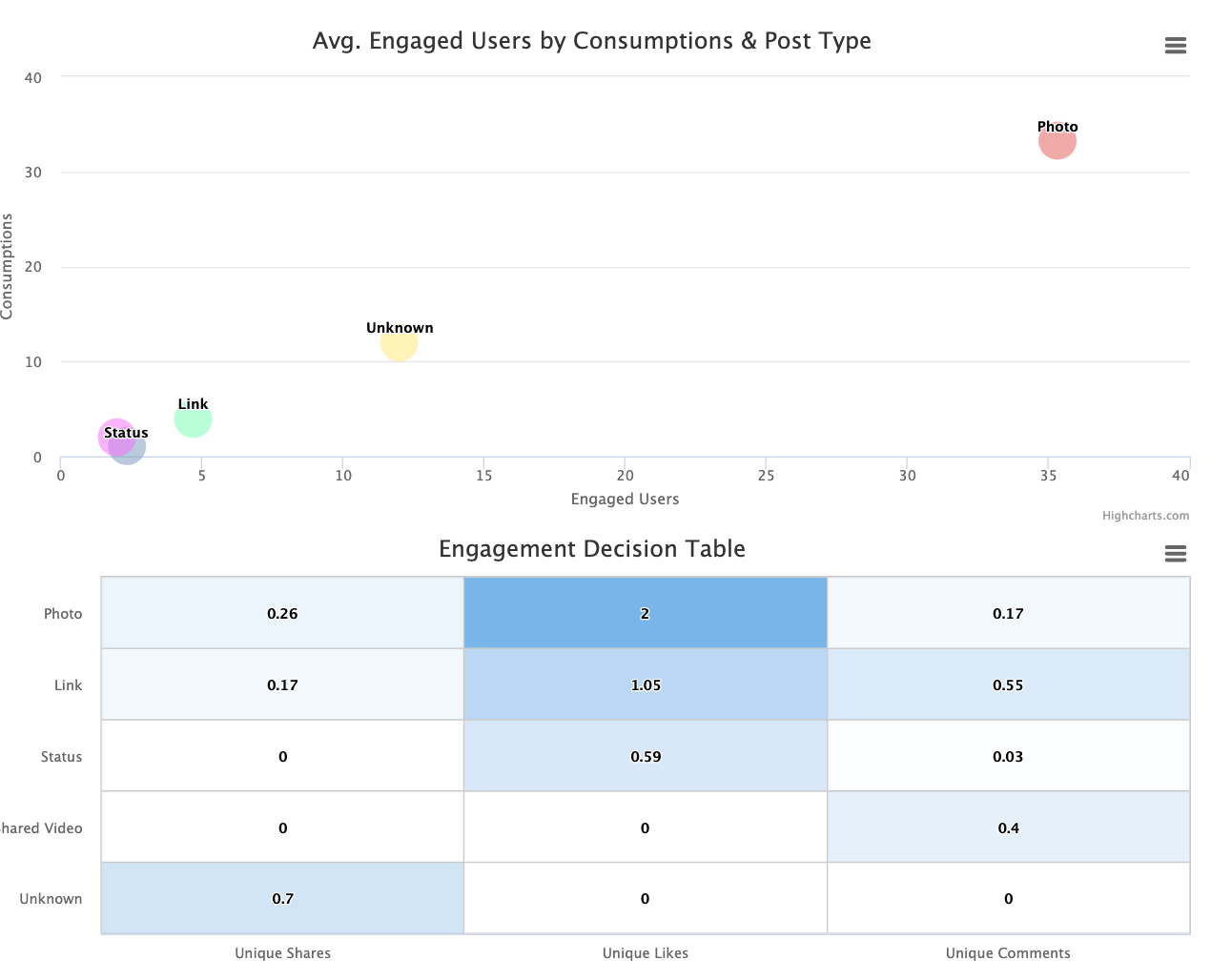Education
There are so many ways that educational institutions can collect valuable data, and use these vast amounts of data for the benefit of staff, students, and the surrounding community.
Below are some of the most prevalent uses for data in education for today’s digitized world.

Student Outcome Prediction
Machine Learning has revolutionized our ability to predict future outcomes. This presents a good use case in education: can we effectively predict student performance ahead of time with Machine Learning? And from there, can we use machine learning to identify ahead of time which factors will optimize student performance?
With those questions in mind, we can use algorithmic tools to help predict numerous different student success metrics, to identify which factors help students achieve those metrics, and which do not, including:

Grade Point Average (GPA)

Standardized Test Scores

Degree Attainment

Class Attendance

Drop-out Rates

Optimal School Starting Times

The Optimal Number of Textbooks to Buy

Whether or Not Students Should Be Provided with a Laptop
Lesson Customization
In a conventional classroom environment, students are taught a one-size-fits all lesson. This can be an effective strategy in terms of making sure all students are up to a set standard, but it tends to leave behind students for whom that cookie-cutter educational model just doesn’t speak.
And while reducing class sizes relieves this issue somewhat, it can’t be fully solved unless lessons are specifically prescribed to each student’s ability.
Machine Learning experts are trying their hand at solving this issue through applications of various optimization algorithms; they are trying to answer questions along the lines of, “if I know a student performed well on some lesson A but not so well on some other lesson B, can I write an artificially intelligent algorithm to tell me what that student’s best next course of instruction would be?”

Dashboards, Reports, and Data Analytics
Not all data-oriented problems necesitate a solution as sophisticated as Machine Learning; a simple, well-executed report is often the best means of conveying insights from data.
Reports are a comprehensive summary of the available data, and usually allow users to “slice and dice” data based on categories, groupings, ranges of time, and more.
There’s also the option of building a dashboard, which is more concise, doesn’t usually include slicing and dicing options, and only provides a snapshot-in-time view of the chosen metrics.
There are many potential use cases for dashboards and reports in education. For example:
- A dean may want a succinct, updatable view of their students’ performance, and so they may utilize a dashboard for that reason.
- A university may want to know how their student body has changed over the years based on demographic information such as race, ethnicity, gender, socioeconomic status, and so on, and in that case it would be wise to utilize a report.
- An HR representative may want to understand various staff metrics (turnover, diversity, vacation policy) to achieve particular goals such as reducing turnover or pay inequities.
- A marketing professional would like to see which efforts are succeeding or failing, so the marketing budget can be more efficiently allocated.
- The school’s IT department could monitor computer lab usage, program usage, or other software and hardware related issues across campus.
Your Organization’s Data Strategy
Organizations like yours have a passion for improving the academic outcomes of the students you serve. If your organization is in the education space, but you feel you could be doing a lot more from a data-oriented standpoint, contact us to chat about options.




